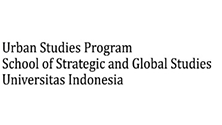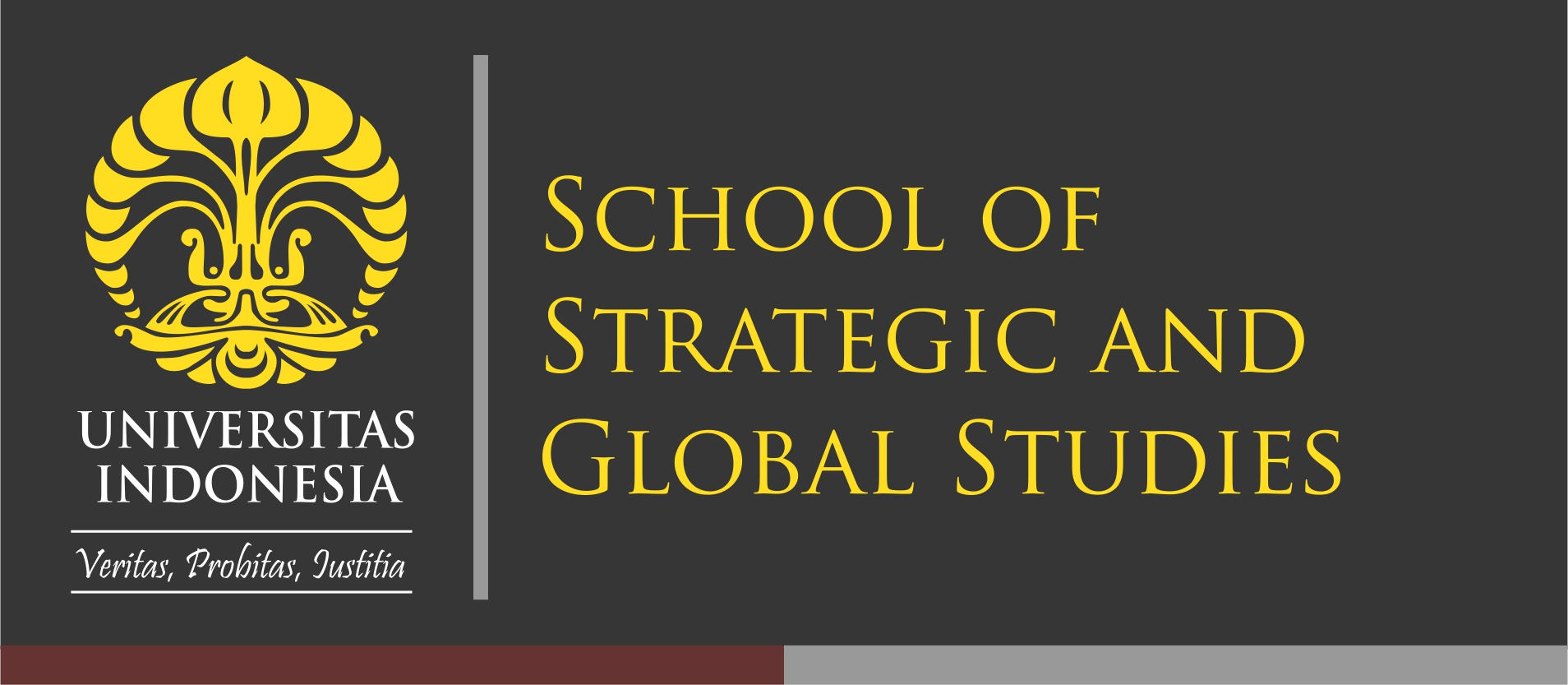Abstract
Background: Hypertension is a public health problem, including in the Seribu Islands. This region has unique characteristics, such as limited access to health facilities and a lifestyle that is different from urban areas in general. Genetic factors, age and obesity can affect the prevalence rate of hypertension in Seribu Utara Island District.
Aims: This research was conducted to help develop an effective hypertension prevention program in Seribu Utara Island District.
Methods: descriptive analytic with a cross-sectional study approach based on socio-demographic conditions, family history of hypertension, Body Mass Index (BMI), and waist circumference. Data analysis was conducted using the chi-square method and multiple logistic regression. The subjects in this study were 100 individuals from the Seribu Utara Island District who were diagnosed with Non-Communicable Diseases (NCDs) such as Diabetes Mellitus and/or Hypertension, based on the data from the patient profile report of the internal medicine department at the Regional General Hospital (RSUD) of the Thousand Islands in the year 2021.
Results: The research showed that genetic factors and age have a significant relationship with the prevalence of hypertension in the Seribu Utara Island District. Meanwhile, the determinants of BMI and waist circumference were found to be not significant in relation to the prevalence of hypertension in the Seribu Utara Island District.
Conclusion: Family history of hypertension and age can be the focal points in efforts for prevention, early detection, and management of hypertension in the community.
References
Adam, A. G. A., Nelwan, J. E., Wariki, W. M. (2018). Kejadian hipertensi dan riwayat keluarga menderita hipertensi di Puskesmas Paceda Kota Bitung. KESMAS: Jurnal Kesehatan Masyarakat Universitas Sam Ratulangi, 7(5).
Ariani, A. P. (2014). Aplikasi Metodologi Penelitian Kebidanan Kesehatan Reproduksi. Nuha Medika.
Badan Penelitian dan Pengembangan Kesehatan. (2019a). Laporan Nasional Riskesdas 2018. In Kementerian Kesehatan Republik Indonesia.
Badan Penelitian dan Pengembangan Kesehatan. (2019b). Laporan Provinsi DKI Jakarta Riskesdas 2018. Kementerian Kesehatan Republik Indonesia.
Crump, C., Sundquist, J., Winkleby, M. A., Sundquist, K. (2016). Interactive Effects of Physical Fitness and Body Mass Index on the Risk of Hypertension. JAMA Intern Med, 176(2), 210–216.
Darmawati, D. A. (2016). Hubungan Kebiasaan Konsumsi Tinggi Garam dengan Kejadian Hipertensi di Pulau Panggang dan Pulau Pramuka Kabupaten Administrasi Kepulauan Seribu Tahun 2016. Universitas Indonesia.
Direktorat Pencegahan dan Pengendalian PTM. (2018a). Cek Lingkar Perut Anda. Kementerian Kesehatan Republik Indonesia, Jakarta. https://p2ptm.kemkes.go.id
Direktorat Pencegahan dan Pengendalian PTM. (2018b). Klasifikasi Obesitas setelah pengukuran IMT. Kementerian Kesehatan Republik Indonesia, Jakarta. https://p2ptm.kemkes.go.id
Hartanti, M. P., M. (2015). Beberapa Faktor yang Berhubungan dengan KejadiannHipertensi pada Petani. Jurnal Kesehatan Masyarakat Indonesia (JKMI), 10(1), 30–37.
Kembuan, I. Y., Kandou, G., Kaunang, W. P. (2016). Hubungan Obesitas Dengan Penyakit Hipertensi Pada Pasien Poliklinik Puskesmas Touluaan Kabupaten Minahasa Tenggara. Universitas Sam Ratulangi.
Ritonga, I. P. (2022). Gambaran Tingkat Pengetahuan Masyarakat Pesisir Terhadap Resiko Kejadian Penyakit Hipertensi Pada Usia≥ 15 Tahun di Wilayah Kerja Puskesmas Sei Apung Tanjungbalai. Nautical: Jurnal Ilmiah Multidisiplin Indonesia, 1(6), 454–458.
RSUD Kepulauan Seribu. (2021). Laporan Tahunan RSUD Kepulauan Seribu Tahun Anggaran 2021. Dinas Kesehatan Provinsi DKI Jakarta.
Saputra, O., Anam, K. (2016). Gaya Hidup Sebagai Faktor Risiko Hipertensi Pada Masyarakat Pesisir Pantai. Jurnal Majority, 5(3), 118–123.
Susanti, N., Siregar, P. A., Falefi, R. (2020). Determinan Kejadian Hipertensi Masyarakat Pesisir Berdasarkan Kondisi Sosio Demografi dan Konsumsi Makan. Jurnal Ilmiah Kesehatan, 2(1), 43–52.
Sylvestris, A. (2014). Hipertensi dan retinopati hipertensi. Saintika Medika, 10(1), 1–9.
WHO. (2013). A Global Brief on Hypertension, Silent Killer, Global Public Health Crisis. World Health Organization.
Wibowo, A. (2017). Uji Chi-Square Pada Statistika dan SPSS. Jurnal Ilmiah SINUS, 4(2).
Recommended Citation
Malau, Herland A.; Simanjuntak, Natanael Martua Parningotan; and Triono, Purwa Septa Dupit
(2023)
"Determinants of Hypertension in Seribu Utara Island District, Seribu Islands,"
Cities and Urban Development Journal: Vol. 1:
No.
1, Article 8.
DOI: 10.7454/cudj.v1i1.1002
Available at:
https://scholarhub.ui.ac.id/cudj/vol1/iss1/8






